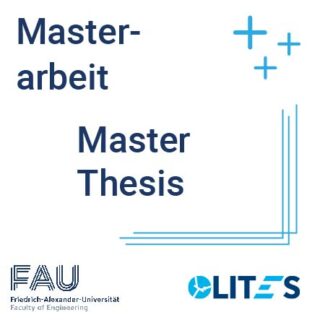MA: Person Detection and Classification from Radar Data using Machine Learning
Description
As part of a campus Joint Communication and Sensing (JCAS) system, machine learning methods for person detection and classification based on radar data are to be developed. Students will research and select suitable datasets (e.g., point clouds or range–Doppler data) and prepare them for modeling. The goal is to investigate the performance of different ML approaches for presence and activity recognition.
Objectives of the work
- Research and selection of suitable radar datasets
- Development of an ML-based approach for person detection and classification
- Investigation of different data representations (e.g., projections, bird’s-eye view, range–height map, temporal sequences)
- Training and evaluation of different ML models (CNN, RNN, PointNet, etc.)
- Discussion of transferability and limitations in the context of a campus JCAS system
Research questions
- Which publicly available datasets are suitable for person detection with radar?
- How can radar data (e.g., point clouds or range–Doppler representations) be transformed into an ML-ready format?
- Which ML architectures (e.g., CNN, RNN) are particularly suitable for reliably recognizing persons and activities?
- How does the choice of data representation affect the generalization capability of the models?
Topics
- Research and analysis of radar datasets
- Radar data analysis and signal processing
- Feature engineering and data representation for ML
- Classification of persons and activities
Skills
- Good programming skills in Python (NumPy, PyTorch/TensorFlow) or MATLAB
- Basic knowledge of machine learning/deep learning
- Interest in sensor systems (radar, JCAS) and data processing
Advantageous (but not essential):
- Prior knowledge in radar or point cloud processing
